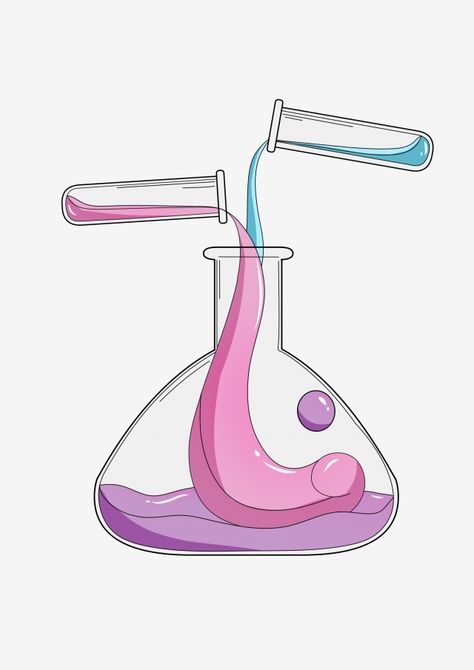What is Glyphosate?
Glyphosate is the world’s most used herbicide and is sprayed regularly to control unwanted vegetation in public spaces, gardens and in agriculture. It’s rarely used on its own but is an active ingredient in many herbicides. The most popular herbicide product is the world’s top-selling weed killer – Monsanto’s ‘Roundup’.
Along with other ingredients, the chemical works by preventing weeds and plants from making the proteins that are necessary for growth. Glyphosate is a non-selective herbicide, meaning it will kill most plants. In agriculture, many seeds have been genetically modified so farmers can apply the herbicide to the whole field. These GM crops have been engineered to be unaffected by the Glyphosate so they can continue to grow unharmed and only the surrounding weeds are damaged.
What are the concerns of Glyphosate?
Today, the use of Glyphosate to control unwanted vegetation is highly controversial. There’s lots of scientific research and studies to both approve and disapprove its toxicity.
Companies that make herbicide products claim that Glyphosate is completely safe to use and the scientific evidence from the other side is incorrect.
What is the current legislation on Glyphosate?
Countries and local authorities across the globe are moving fast to take the step to ban herbicides in response to these concerns and to growing public, environmental and legislative pressure.
Is there an alternative to Glyphosate?
While the debate continues, organisations with weed control requirements need to consider other risk-free, effective and sustainable solutions. If governing bodies were to completely ban the use of Glyphosate, then people may feel at a loss without the option of a viable and affordable alternative.


